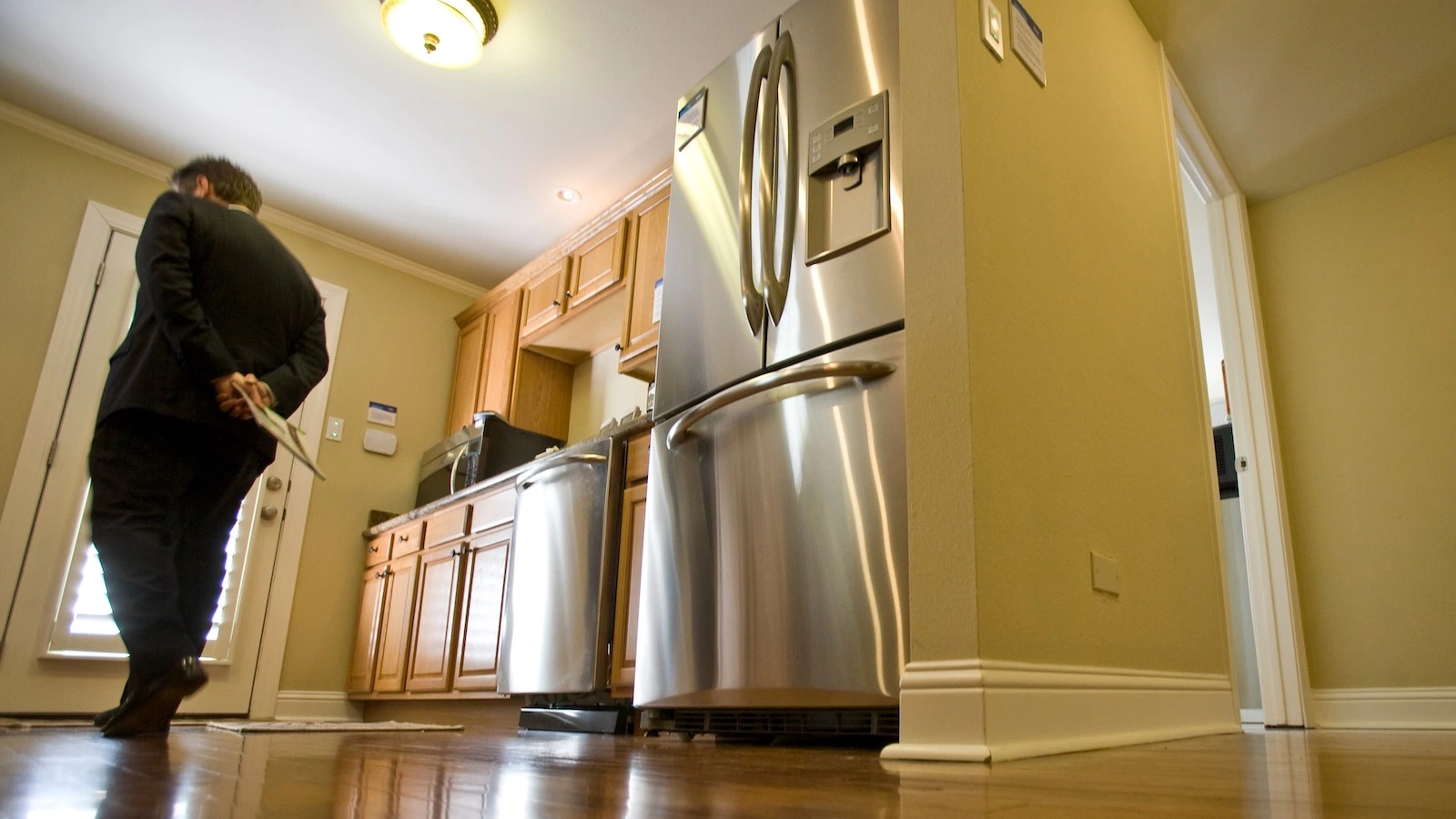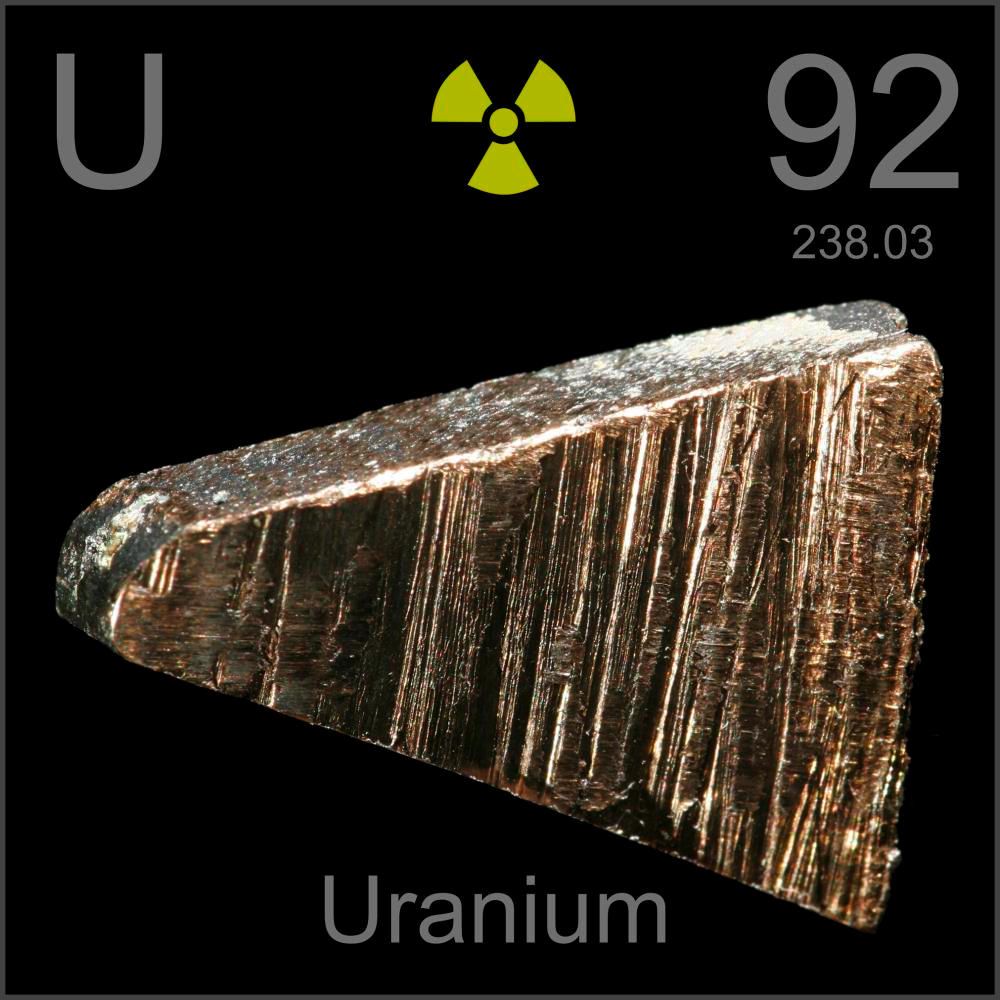this is why big gas is cranking up the propaganda on stoves. induction stoves are better, don’t believe them
I didn’t have a gas stove until I was in my late 40’s. I will not willingly go back to conventional electric. Gas stoves are better. Finer control, faster temp changes (esp. when decreasing).
I’d be willing to try an induction stove. They’re rare in the US, but my limited experience with them was positive. Not quite as nice as a gas stove, but miles better than an conventional electric range, and good enough that the easier cleaning would tip me over.
You mention propeganda; it’s odd that the only propeganda I encounter is the anti-gas kind. It’s non-stop on NPR and social media. I haven’t heard or read a single pro-gas piece.
Edit: I think you were only talking about induction, so I changed some phrasing.
I haven’t heard or read a single pro-gas piece.
Right-wing media apparently. Not American, but from what I gather if you watch NPR, you’re a communist and a homosexual. So that means you won’t be watching real American media like Fox News.
Stuff like this from a member of congress:
“I’ll NEVER give up my gas stove. If the maniacs in the White House come for my stove, they can pry it from my cold dead hands. COME AND TAKE IT!!”
https://twitter.com/RonnyJacksonTX/status/1612839703018934274?t=ptxUxaAhqE1ax8FwY15cyA
Gas stoves are better. Finer control, faster temp changes (esp. when decreasing).
Gas stoves are better in some ways, but “finer control” is debatable. If you turn the knob from 0 to 10, it’s obvious that the energy output is non-linear. On my stove the flame has like 50% of its increase between level 2 and 3 or 4. You also have a more narrow range of heat with gas. That is, the lowest setting has to be high enough that the flame does not blow out, so the min heat is higher than the min level on electric. Electric also gets hotter than gas on the high end.
With electric you get precise control. Power level 5 gives exactly half the heat energy that 10 gives; power level 6 is exactly triple the heat of power level 2. You don’t get that precision with gas. You can only eye-ball it which means harder to get reproduceable results.
You probably meant to say gas gives you /immediate/ control. Conventional electric is quite slow, but induction is fast.
Maybe it’s a brand or quality difference; I can pretty finely control the flame on our range.
“Control” is the ability to adjust to a desired temp with fine accuracy, right? I can see the flame, and observe changes more rapidly, with gas. Isn’t this finer-grained control?
A common residential electric range outputs a max 7,000 BTUs. A common gas stove outputs max 18,000 BTUs. Electric stoves are not hotter on the high end.
“Control” is the ability to adjust to a desired temp with fine accuracy, right? I can see the flame, and observe changes more rapidly, with gas. Isn’t this finer-grained control?
You’re eye-balling it, so you have good control over what your eyeball sees, but then that mental image has to lead to a judgement. Imagine if you were doing a scientific experiment where you need reproducible results and the amount of heat energy were important to the experiment. Would you write in the scientific paper “the flame looked like about 1cm with each sample tested”? You could meter the gas but the heat losses are higher as the flame grows because you’re heating increasingly more of the air around the pan.
A common residential electric range outputs a max 7,000 BTUs. A common gas stove outputs max 18,000 BTUs. Electric stoves are not hotter on the high end.
Gas stoves probably lose half their energy by heating the air all around the pot so you have to account for that. With electric much more of the BTUs actually make it to the food (esp. induction). When I search around, articles out in the wild are all over the place… some saying electric coils get hotter than gas and some saying the contrary. One article concurs with you, saying a gas burner reaches 1950°C and electric 900°C. I don’t see any articles mentioning electric burners that get into the four figures among those that actually give temperature figures so perhaps you’re right. But it’s worth noting that a pot of water boils faster on electric than gas.
You’re eye-balling it
You’re right. I’m not a scientist. I’m not even a professional chef. What matters to me (and most American homeowners, which is who the article is the granular control available to me. I don’t much care what’s possible in a lab. It’s at least part of the reason why, as the article states, many of us are unwilling to give up the control we get with gas.
Gas stoves probably lose half their energy by heating the air all around the pot
I’ve seen that, too. I don’t believe it’s accurate (I’d like to see an unbiased verification of that 50% number), and it misses another advantage of gas: gas heats pots more evenly by distributing some heat up the sides. Elecric heats only the bottom directly, and sides are heated only through conduction. It also means that less of that heat is wasted: just because it isn’t hitting the bottom of the pot doesn’t mean it isn’t doing useful work. This also only considers pots. Pans usually have greater coverage of tye heating surface, and less heat escapes around the sides. This is relevant especially where high heat matters, such as searing. Finally, there are pots like my wok, which has a base that entirely covers the grill. It has holes, so it breathes, but it captures nearly all of the heat. Woks are particularly bad on conventional ranges, and having an electric range essentially eliminates woks as a viable tool.
As I think more about this, the more disadvantages of electric I see. Sauteing is better on gas. You can manipulate a pan, lift and tilt, and have many more options than simply having or not having applied heat.
I can see having a range with a few induction spots; most dishes don’t need the fine control; boiling water, cooking pasta, and steaming vegetables are all gross operations, but I’d still want at least one gas surface. It’s just better for anything that isn’t boiled food.
GF was a professional cook for 15 years, still prefers our induction stove to the gas stoves she worked on all this time.
Yeah, I can believe I could learn to prefer induction. They’re just incredibly rare in residential US homes, which is where I live, and what the article was about.
The only place I’ve encountered an induction stove was in the EU, where - I gather - they’re more common.
They’re starting to become more widespread in the US as people understand the health risks that come with gas stoves.
How many tons of co2/methane are emitted annually from residential ovens and ranges?
I feel like this number is small and am curious if anyone has chased this rabbit.
https://pubs.acs.org/doi/10.1021/acs.est.0c00437
Electrifying everything but the gas stove means keeping the entire gas distribution system, which leaks like a sieve.
Well why are they building them out of sieves?
Propane tanks too? Or so you mean the methane pipes?
The article I linked is about methane but, as someone who is on propane, I can pretty much guarantee it’s not much better. I don’t know if you’ve ever been around a propane fill-up, but the connection/disconnect process breaks of the odorant - it definitely has a loss on every transfer.
The only good news is the emissions factor for propane is much lower than methane
I have a propane tank for my range. I’ve only had it for 3 years and haven’t needed to fill it yet.
I cut our gas line 2 years ago from our house! Feels good. Also didn’t want to have to invest in a seismic shut off gas valve.
And the heat pump gives us air conditioning, which is a win-win.
When people think of electric stoves, they think of resistance not induction. If people had more experience with induction, I’m sure they’d be less resistant to the change.
But this is America, they still use checks…
They’re so controlled by their corporations.
I’d love to electrify my stove (and don’t get me wrong I’m not trying to be whiny about it, I really do want to) but it has to be capable of getting a pan wok burner hot. I also cannot stand glass tops. Is there anything for me? I tried 2kw induction burner once with a heavy cast iron pan, and it was glacial compared to gas. I know people say they work great but how much do you have to pay to get one without glass that can get a pan literally smoking hot in under 2 minutes like gas can?
Bro induction stoves are a order of Magnitude better and less dangerous.
There is a lot of tall about everyone replacing their stoves but it’s expensive and really not needed. You can do 90% of your meals with counter top appliances and be good to go.
We have the following: portable induction cooktop top, 6 and 3 qt instapot, 5qt air fryer, and electric hot water kettle. These devices are used nearly everyday and if we need to use the gas stove we do, but it’s pretty rare.
When the kitchen is renovated, an induction stove will be purchased, but for the last 5 years our counter top chefs have been great.
I bought a replacement induction cooktop last year and it’s an absolute game changer, but we went from an old crappy electric cooktop that was just awful.
Removed by mod
I don’t get it either. I always had standard electric in places where I lived until now. My first gas stove: 1. Often smells of gas which implies a slow leak which is scary 2. Isn’t vented at all, so it’s spewing who the fuck knows what, even when it’s working properly. Give me an induction surface and a big air fryer and I’m happy.
And instant pot style automatic pressure cookers are amazing. I can prepare dry beans to perfection in under an hour using a quarter the energy of even an induction stove, and using less water too (because the heat and steam are mostly retained)
I have two!
“Took 3x as long and burnt my food” I honestly don’t see how these things can both be true. You either cooked it too long or too hot.
Removed by mod
Spent the first 1/3 of adult life with gas and the latter 2/3 with electric. It’s not hard to adapt cooking methods. Food still comes out just fine. It also makes one more adept at cooking when say, traveling and having to use who knows what terrible stove/cooking object.
I’d much rather figure out how to adapt to an electric cooking device that I could 100% self-power if need be, than continue to use an explosive cooking device pumping chemicals I don’t want into my home because the natural gas companies don’t processed the gas to remove them.
Gas had a place in homes in the 19th and early 20th century when we didn’t know better, not anymore.
What do you mean by self power? Cause you’re not using an exercise bike to power it. You wouldn’t even get close.
Any Asians, specifically Chinese in here with induction stoves to give us a feedback? How does it work with thin steel woks?
not Chinese, but I cook a lot with a wok. I also have a single induction cooktop and surprisingly, the wok has enough iron to work with it while some old cheap conventional cookware did not. However, wok cooking needs to be hot all over the wok and not just in that little point where the wok is close enough to the induction coil.
I have a conventional propane stove which I need to keep, because here in Puerto Rico the power system is quite unreliable (especially during a bad hurricane year). But the conventional stove burners are not really hot enough. With a 1/16 - inch drill bit I could increase one of the burners capacity substantially. I painted the stove knob red so people have some warning when they light that burner! It burns more gas, but wok cooking is really fast, so in the long run it is probably more efficient than lots of other cooking approaches.
I would definitely consider a wok-shaped induction heater. Induction heating is quite remarkable.
Thanks for the feedback. That’s my situation in South East Asia, power can be unreliable at time. I cook with a gas stove and have a portable electric stove as a backup if I run out of gas in the middle of my cooking.
I used to cook with a high pressure stove (the ones you see in Chinese restaurant) that are perfect for woks but my wife was afraid I would burn down the house so I switched to a regular gas stove.
Induction could be an option in the future though, if it allows for that fast heating/cooling style of cooking I use.
In the US, stove burners are rated in the confusing units of “BTUs” which is actually a unit of energy, not power. When they say BTU, they mean BTU/hour. The highest-rated burners on a typical stove are about 10,000 Btu (per hour), but high-end stoves can get up to about 18000 - that is equivalent to about 5000 watts. My single-element induction top is only rated for about 1000 watts. So although it heats and cools rapidly, I suspect it is not up to the demands of wok cooking (unless one wants to cook only very small portions).
No matter what type, at home you won’t have the heat directly on the sides.
Just learned they exist but there’s curved induction plates available on Amazon designed for woks
I’ve not used one myself but my workplace cafeteria occasionally does made-to-order wok lunches where they pull out induction woks where the induction surface is parabolic so the wok can have the proper wok shape (not a flat bottom). When they crank the heat up, it’s clear from the immediate sizzling that the heat comes fast enough.
I’m more worried with the heat not dissipating fast enough. One nice thing with thin woks is that when you cut the fire food stops cooking almost instantly. That’s the main reason why I haven’t switched to induction yet, as everybody repeats it needs thick cookware.
Well that and the power cuts.
The induction woks are separate from the cooktop, so if cutting the power were too slow, you can instantly lift the wok off just as you would with gas. Though I don’t imagine that cutting the power would be any slower than cutting the gas.
Yes indeed, but the wok stays hot and continues cooking after you lift it. With thin woks that’s not an issue, they have barely any thermal inertia. With thick ones though that’s not the same story, food is going to continue cooking for 15 to 30 seconds after you turn off the heat. With my style of cooking that’s not desirable.
But maybe my 1mm thick wok would work on induction? Everywhere I read it works better with thick pans, but does this means it doesn’t work at all with a thin one, or it’s just a bit less efficient?
I don’t have the answer to that. I don’t recall how thick the induction woks were at the cafeteria but I recall how clean they were (not seasoned), which implies they were perhaps stainless steel. I have a thin curved stainless steel wok that I use on a flame. It’s non-magnetic but would still theoretically work on an induction surface. I chose stainless so that I could put it in the dishwasher, but IIUC what I give up is that stainless steel does not get as screaming hot as a carbon steel wok. I cannot boil water in it unless I cover it. Not sure if that info helps you but I don’t have direct experience with induction so no idea if a thin carbon steel wok would have issues on induction as a consequence of less material.
People here seem unaware that there exists a 3rd option that isn’t either gas or induction - a ceramic hob is electric, heated coils under glass, but you can use it with any pot or pan, so there’s no need to spend all that extra money replacing all your cookware, and the hob itself is cheaper too.







